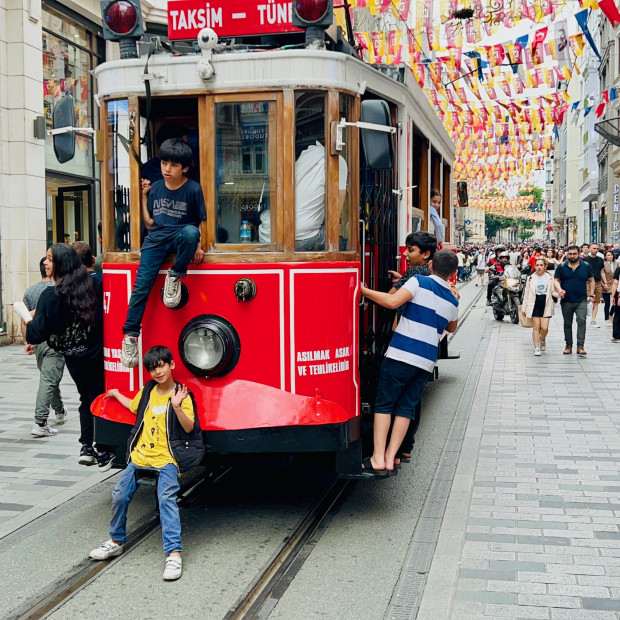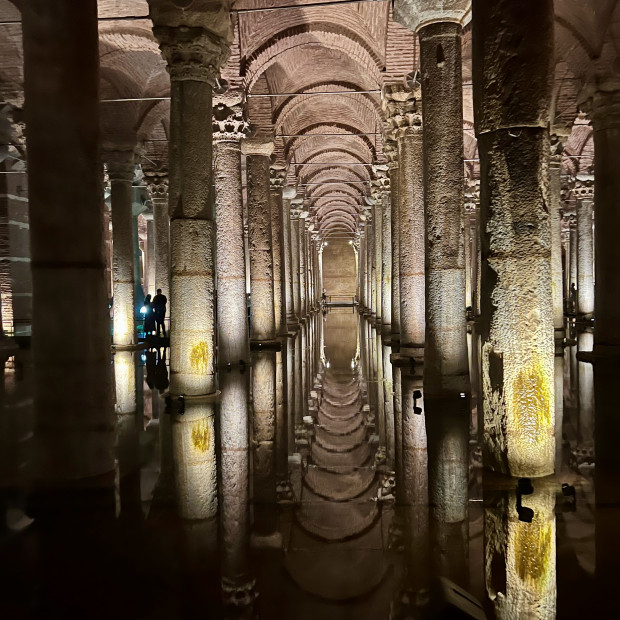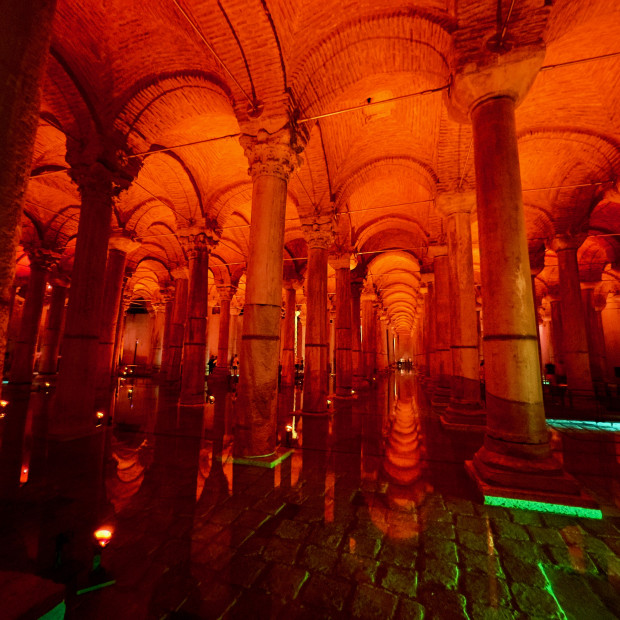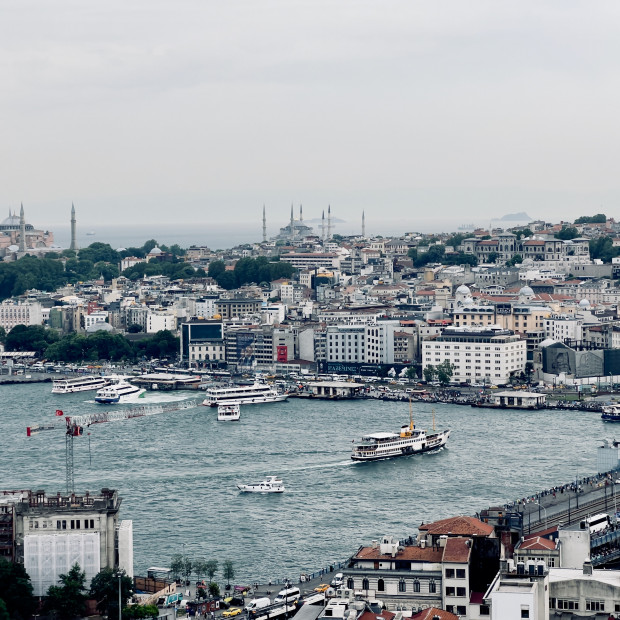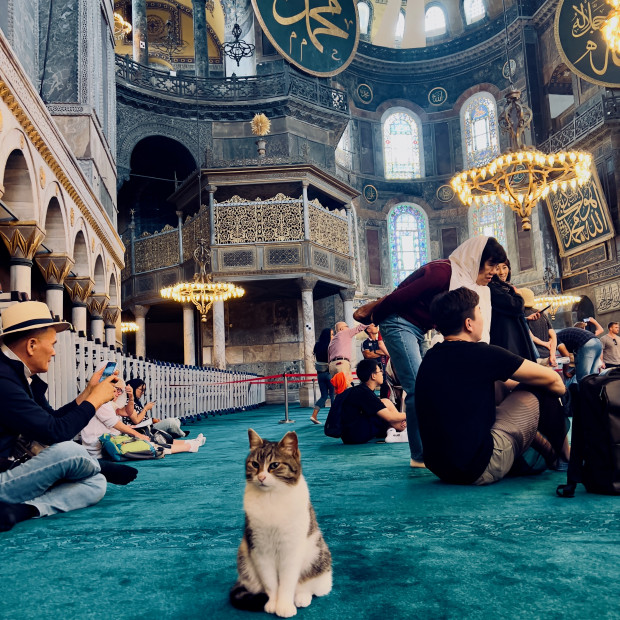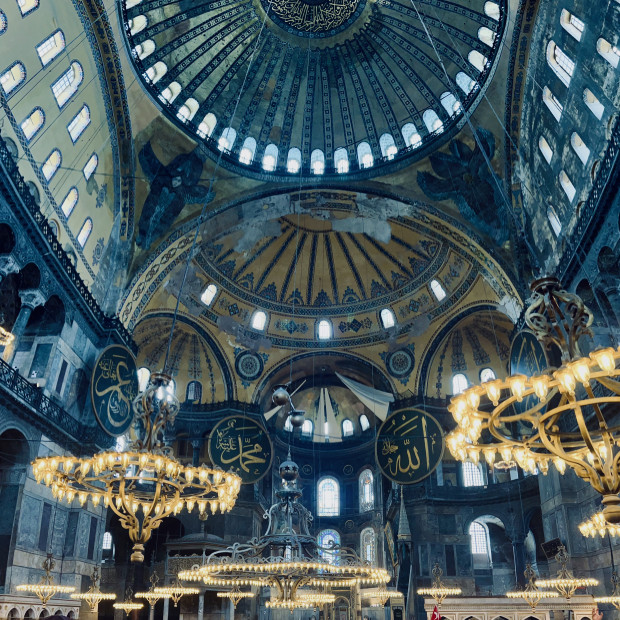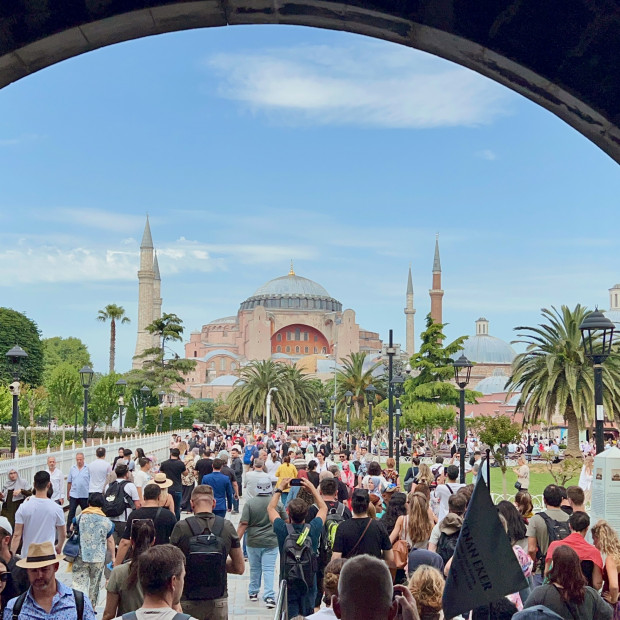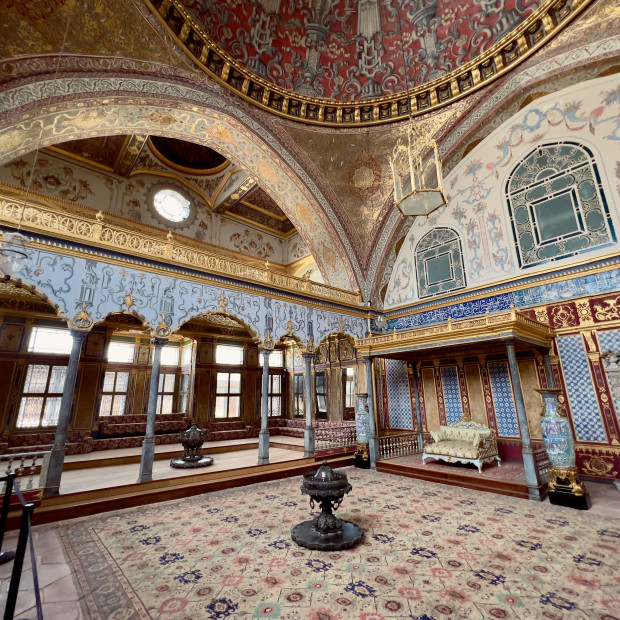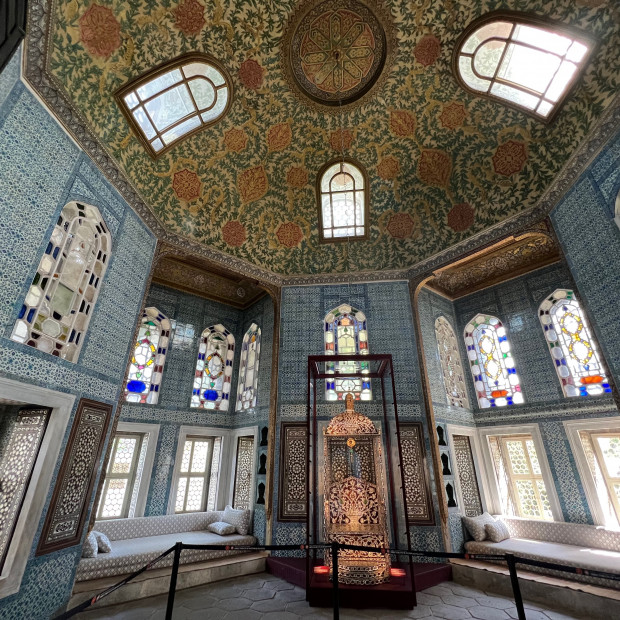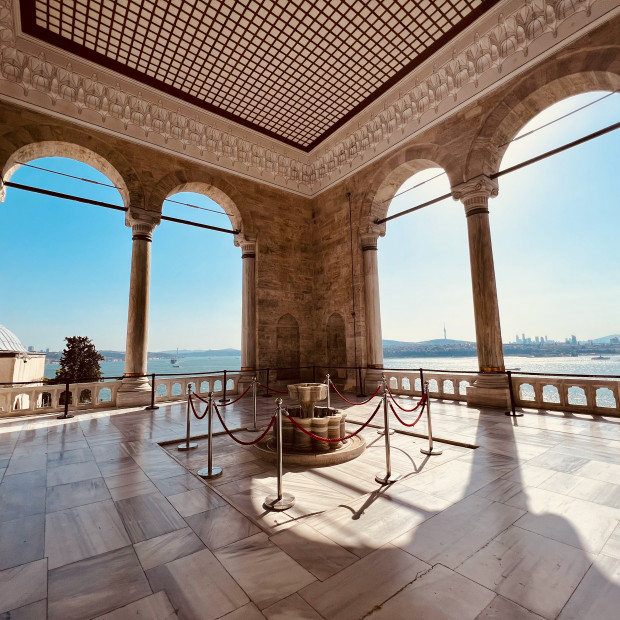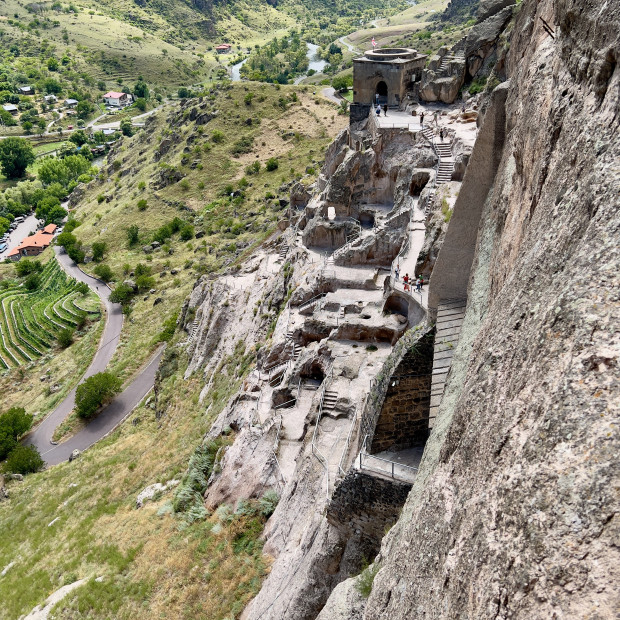About this place
The Baghdad Kiosk, also known as the Baghdad Pavilion, is an architectural structure located within the Topkapi Palace complex in Istanbul, Turkey. It is one of the most notable and picturesque structures within the palace grounds.
The Baghdad Kiosk was originally built during the reign of Sultan Murad IV in the 17th century. It was designed as a small pavilion or kiosk in the traditional Ottoman architectural style. The structure is characterized by its octagonal shape and domed roof, adorned with intricate tile work and calligraphy.
The kiosk takes its name from the city of Baghdad, which held great symbolic and cultural significance in the Ottoman Empire. The design of the Baghdad Kiosk reflects the influence of Persian and Arabic architectural elements, showcasing the empire's connections to the wider Islamic world.
The interior of the Baghdad Kiosk features beautifully decorated walls and ceilings, adorned with colorful tiles and geometric patterns. Arabic calligraphy can be found throughout the interior, adding to the elegance and artistic appeal of the structure.
The kiosk was used as a resting place for the sultans and their guests during their visits to the Topkapi Palace. It provided a tranquil setting for relaxation and contemplation, surrounded by the lush gardens and courtyards of the palace.

